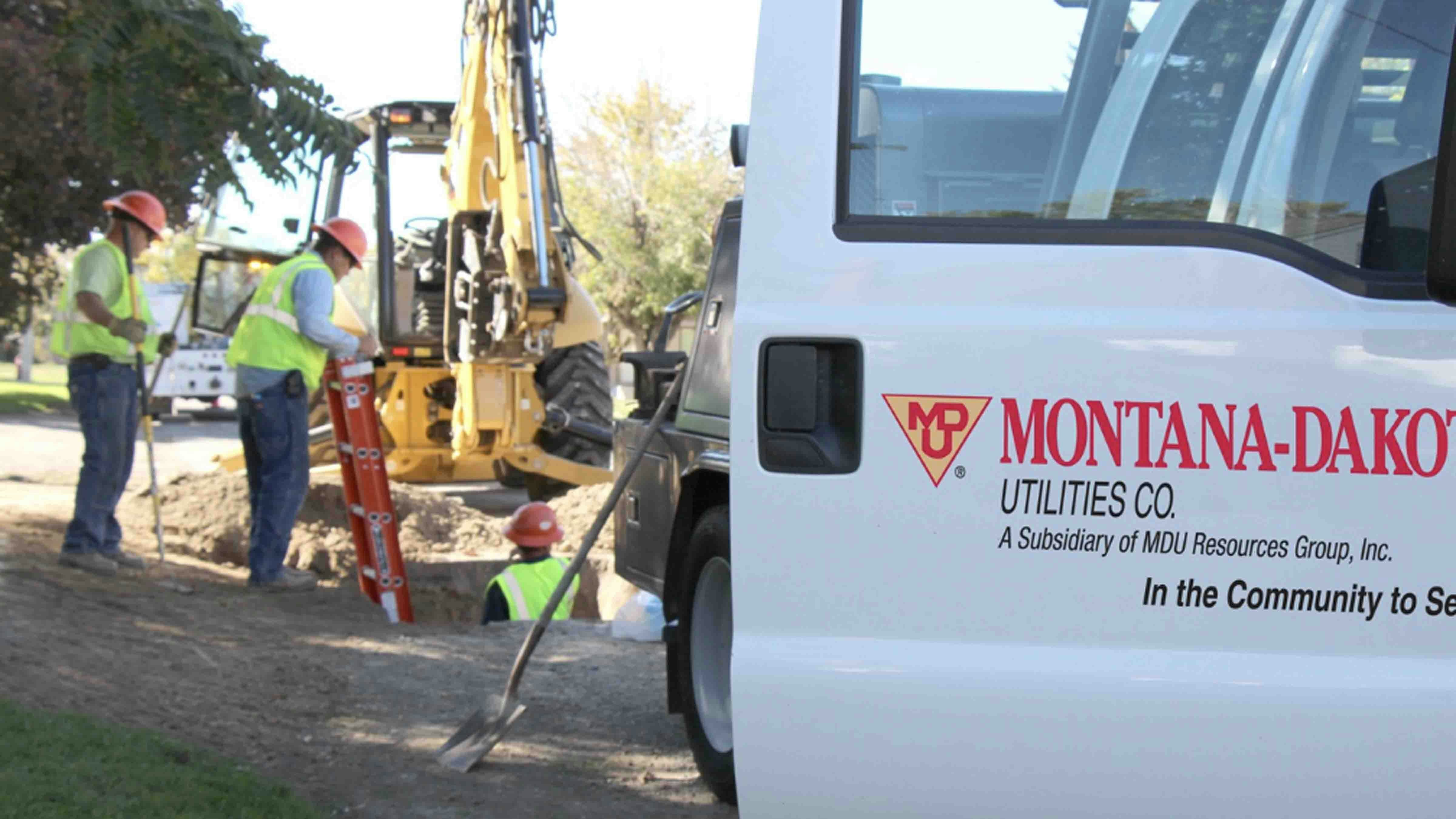By Leo Wolfson, State Political Reporter
Leo@Cowboystatedaily.com
The future of Wyoming’s economy may not be as dire as predicted less than a year ago.
The Consensus Revenue Estimating Group’s October report, released by the state of Wyoming on Wednesday, shows all major revenue for the state exceeding January’s forecast by $329.4 million. Revenue estimates for the 2023-24 biennium has also increased by $738.8 million since the group’s January forecast.
Gov. Mark Gordon issued a measured response in a Wednesday press release, calling for a continued conservative approach to state budgeting and spending.
“I am heartened by the higher-than-forecast state revenue picture reflected in the October CREG Report,” Gordon said. “However, this welcome news is not cause for excessive celebration or reason to relax our fiscal conservatism. We must remember that there has been a lot of volatility in our mineral revenues over the past few years, and that remains a concern for our future.”
Fossil Fuels
The CREG report found that during the last fiscal year, the General Fund and Budget Reserve Account, the primary source of funding for state programs and services received an additional $109.4 million in federal mineral royalties, $103.5 million in severance taxes, $49.4 million in sales and use taxes and $45.8 million more from investment income, than forecasted.
Gordon said the gains can be attributed to higher energy prices, which he said has resulted in inflation felt on a worldwide scale.
Volatility in the supply of oil and gas due to the ongoing war in Ukraine increased prices for these commodities. The price of coal also has remained high, reaching its highest levels in more than a decade.
Fossil fuels, the state’s primary revenue stream, recorded near-term lows from 2015-2016. Since then, oil and natural gas have mostly recovered.
The lone exception to this recovery was during the COVID-19 pandemic when Wyoming oil production declined from more than 9 million barrels in January 2020 to about 5 million barrels in May of that year. Oil production dropped again in 2021.
The report states that Wyoming’s oil rig counts have ranged from 12-15 for most of this year, but increased to as many as 21 rigs this fall.
“Although still lower than pre-pandemic levels, these rig counts are significantly stronger than the one to five rigs seeking oil between September 2020 and May 2021,” the report finds.
Energy Trends
Wyoming’s economy and state funding is highly dependent on mineral royalties. The report cautions that the growth of alternative energy will likely hamper Wyoming’s oil and gas industries.
“Any transition to alternative fuels, especially electronic vehicles and fiscal policies supporting or mandating such a transition, could eventually arrest domestic, or global, oil demand,” the report says.
Gordon mentioned challenges the state will still face moving forward such as federal energy policies and “misguided investment mandates that are hostile to our state’s primary industries.”
One type of investment mandate is environment, social and governance credit scores.
Gordon said he will release his supplementary budget proposal Nov. 18.





